For centuries, the people of Mexico have honored their ancestors through the vibrant and meaningful celebration of Día de los Muertos. This ancient tradition, rooted in indigenous beliefs and Catholic rituals, continues to captivate the world with its unique blend of joy, reverence, and colorful symbolism.
Beyond the sugar skulls and colorful altars, Día de los Muertos is a profound cultural expression that reflects Mexico’s rich history and enduring traditions. This annual celebration invites families to honor their departed loved ones, strengthen community bonds, and embrace the cyclical nature of life and death.
Ancient Roots and Cultural Fusion
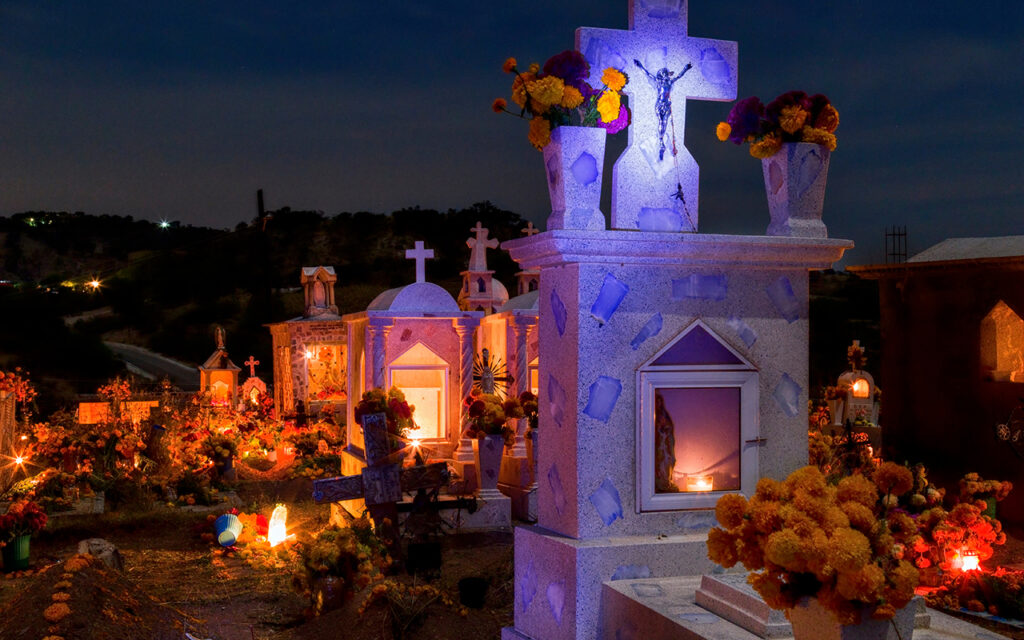
The origins of Día de los Muertos trace back over 3,000 years to the indigenous civilizations of Mexico and Central America, including the Aztecs, Mayans, and Zapotecs. These cultures believed that death was not an end but a continuation of life’s journey, and they honored their deceased loved ones with specific rituals.
When Spanish conquistadors arrived in the 16th century, they introduced Catholic traditions, such as All Saints’ Day and All Souls’ Day. Over time, these two cultures intertwined, giving birth to the modern-day celebration of Día de los Muertos.
A Joyful Reunion
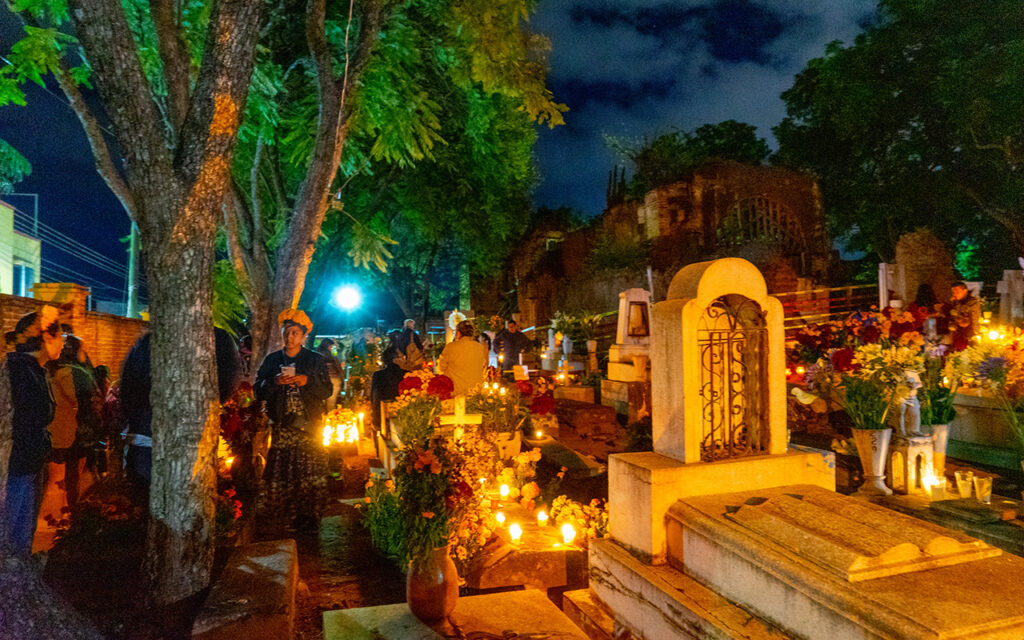
Contrary to Western notions of mourning, Día de los Muertos is a joyous occasion. Families gather to welcome the spirits of their departed loved ones, creating a festive atmosphere filled with laughter, music, and delicious food.
The holiday is often described as a family reunion, where the deceased are the honored guests. This perspective helps to demystify death, presenting it as a natural part of life’s cycle. As Mexican writer Octavio Paz eloquently stated, “The Mexican is familiar with death, jokes about it, caresses it, sleeps with it, and celebrates it. It is one of his favorite playthings and his most steadfast love.”
Altars and Offerings
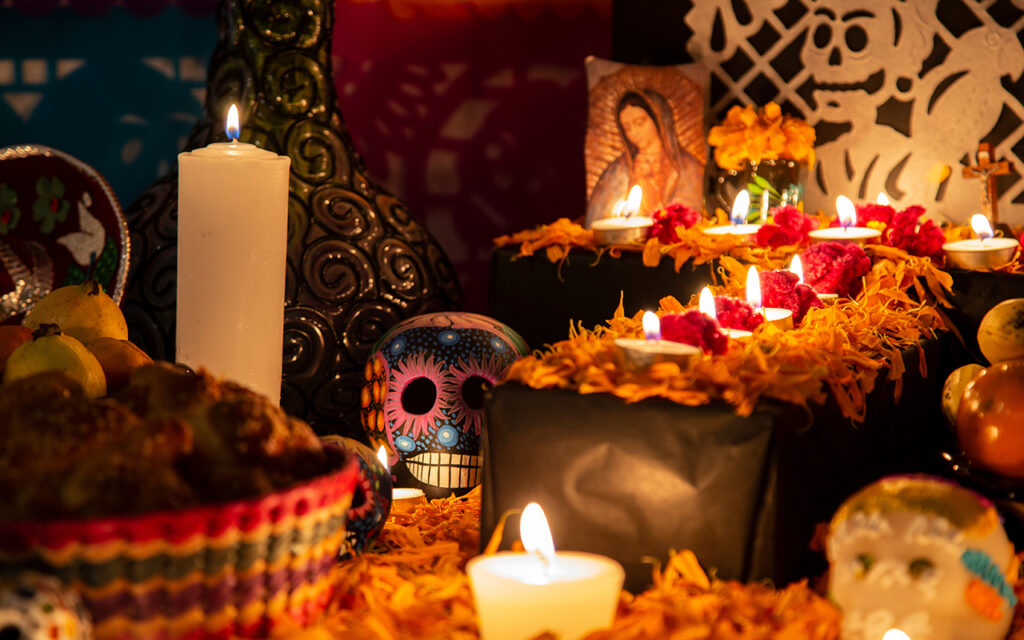
A central element of Día de los Muertos is the creation of elaborate altars, or ofrendas. These altars serve as spiritual gateways, guiding the souls of the departed back to the world of the living. Families adorn these altars with:
- Photographs of the deceased: A visual reminder of the loved ones being honored.
- Candles: To light the way for the spirits.
- Colorful paper decorations: Often featuring intricate designs and vibrant colors.
- Favorite foods and drinks: A symbolic offering to nourish the spirits.
- Personal items: Objects that held significance to the departed, such as jewelry, books, or tools.
The scent of marigolds, known as “flowers of the dead,” is believed to help guide the spirits to their altars.
Symbols and Imagery
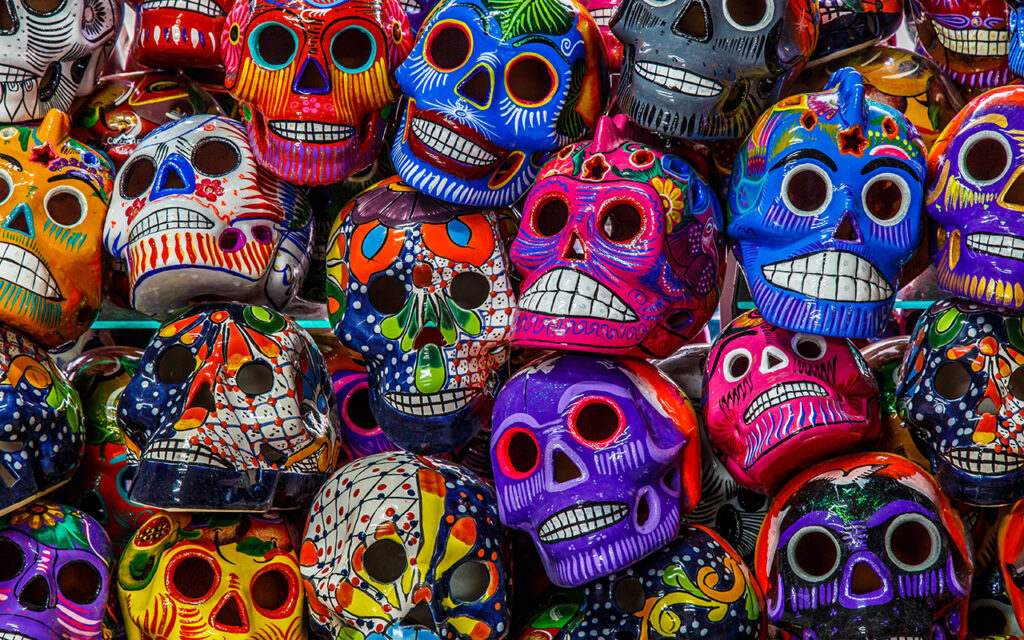
Día de los Muertos is renowned for its distinctive imagery. One of the most iconic symbols is the calavera, or skull. Contrary to Western associations with fear and darkness, calaveras are often depicted in a playful and humorous manner.
Life-sized skeletons, made of papier-mâché, are dressed in colorful clothing and posed in various everyday activities, such as playing music, cooking, or working. These whimsical representations serve as a reminder that death is an equalizer, affecting everyone regardless of social status.
Another prominent figure is La Calavera Catrina, an elegant skeleton dressed in upper-class attire. Created by Mexican artist José Guadalupe Posada, La Catrina has become a beloved symbol of Día de los Muertos. She reminds us that death comes for all, and it should be faced with dignity and a touch of humor.
Celebrating Life Through Art and Tradition
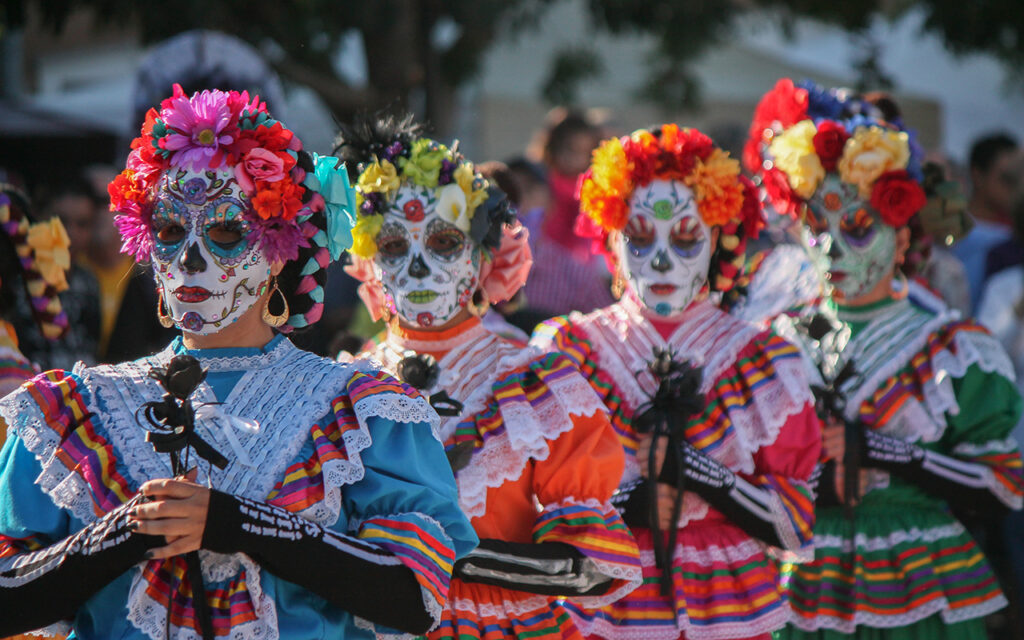
The artistic expressions associated with Día de los Muertos are as diverse as they are beautiful. From intricate paper cutouts to elaborately decorated sugar skulls, the holiday is a feast for the senses.
- Face Painting and Costumes: Many people paint their faces to resemble skulls, often incorporating colorful designs and floral patterns. Dressing up in traditional Mexican attire or skeleton-inspired costumes further blurs the line between the living and the dead.
- Food and Feasting: Día de los Muertos is a time for culinary delights. Families prepare the favorite dishes of their departed loved ones, such as tamales, mole, and pan de muerto, a sweet bread often decorated with bone-shaped pieces.
A Growing Global Celebration
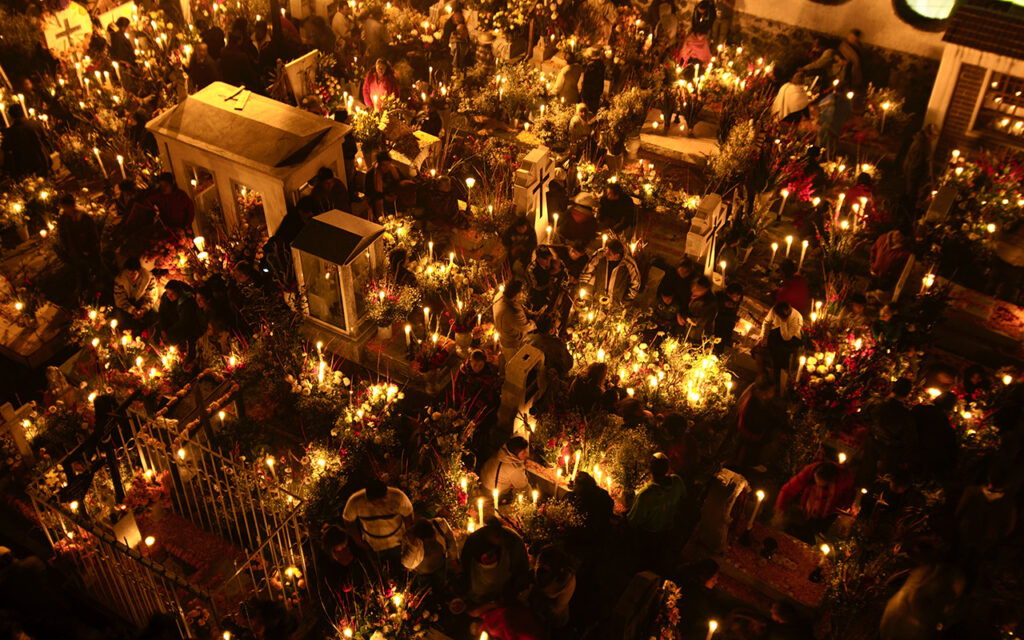
While Día de los Muertos is deeply rooted in Mexican culture, its influence has spread far beyond national borders. Communities around the world now celebrate this unique holiday, recognizing its power to bring people together and foster cultural understanding.
In the United States, cities with large Mexican-American populations often host parades, festivals, and altar installations. Educational institutions use the holiday to teach about Mexican culture and traditions.
Embracing Mortality, Celebrating Life
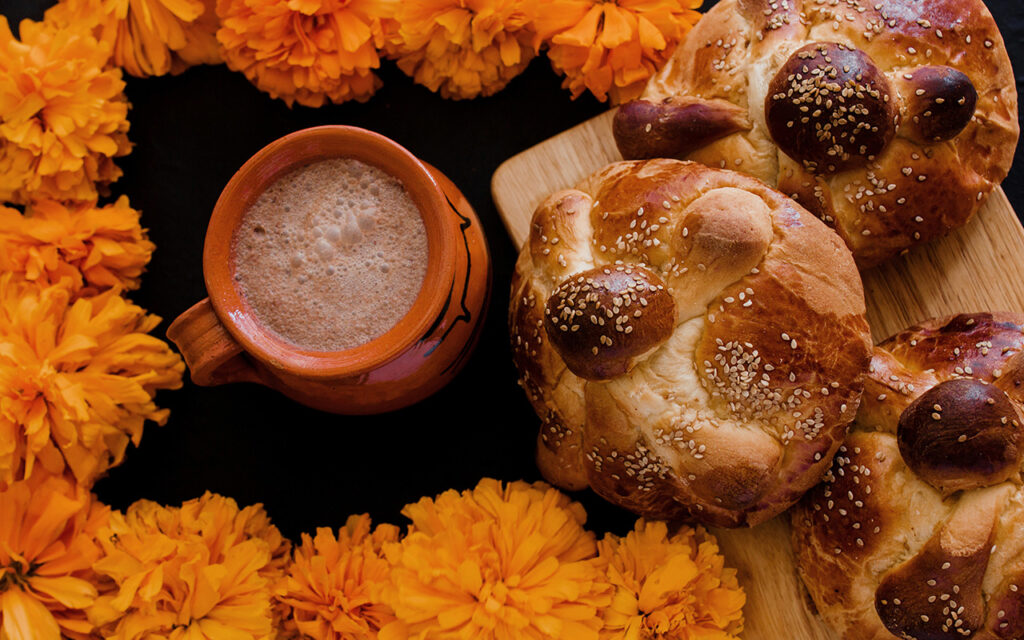
At its core, Día de los Muertos offers a profound perspective on death and remembrance. By embracing death as a natural part of life’s cycle and creating a space for joyful reunion with the departed, the holiday encourages us to celebrate the lives of those who have gone before us.
As the candles flicker on countless altars and the scent of marigolds fills the air, Día de los Muertos continues to evolve, touching hearts and minds across cultures. It reminds us that in remembering and honoring our loved ones, we celebrate the richness of life itself.